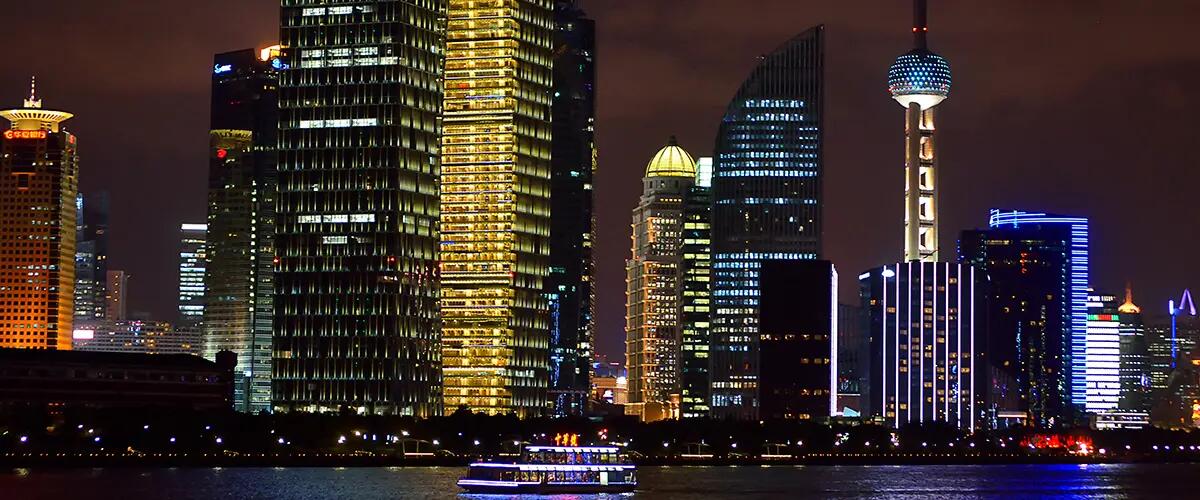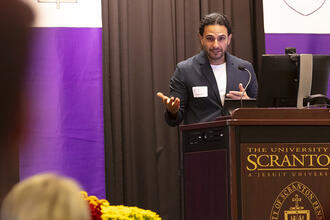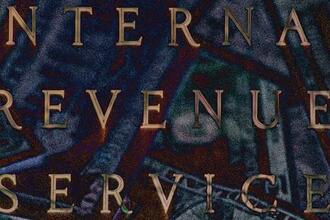
Photo Credit: coleong-ThinkstockPhotos
Hoping for a convergence on a "big America" vision
Wayne Eastman, department vice chair and an associate professor in the Supply Chain Management and Marketing Sciences at Rutgers Business School, adds his thoughts to a provocative appeal expressed in an opinion published by The New York Times.
This is his contribution to a post-election call for a convergence of conservatives and liberals on major issues facing America, including immigration:
In a New York Times op-ed article the day after the election, NYU business ethics professor Jonathan Haidt called for liberals and conservatives to join together in combating major threats to America and the world.
I agree with Professor Haidt’s appeal for both sides to respect the other's fears -- liberal fears about rising temperatures and rising inequality and conservative fears about rising entitlements and rising births to unwed mothers -- and also with his research-based claim that loyalty to one’s group and fear of outside groups are universal, enduring features of human morality.
The friendly amendment I want to suggest is that the way forward for a troubled but also immensely strong and fortunate nation needs to involve a powerful spirit of hope as well as a powerful jolt of fear.
Historically, progress in America has involved a constructive fusion of fear and hope.
Currently, we face what some have termed a “post-American” future. Should we feel threatened by the economic, cultural, and military rise of an Asia that contains more than half the world’s population, and in particular by the rise of China?
Those of us with right of center sympathies are likely to feel a sense of threat at the idea of American power and American values no longer having the sway that they have had. Those of us with left of center sympathies are more likely to feel that conservative concerns about a future in which America is no longer #1 are misplaced.
The suggestion here is that all of us — especially those of us with center-right sympathies — have the opportunity now for a transformative moment.
The key insight for conservatives to arrive at: The future power of America over the decades and centuries to come will depend on a high level of immigration to this country from around the world, especially Asia.
The U.S. enjoys a significantly larger amount of arable, habitable territory than India or China. In the long run of history, a U.S. that is hospitable to those who seek to come here, as we were throughout the nineteenth century, will be the world’s most populous and most powerful nation.
Just as Republican leaders after World War II decided that the old Republican coalition built on high tariffs needed to change, Republican leaders now can decide that the old Republican coalition built on whites and centered on states with low immigration needs to change.
For their part, Democratic leaders can decide that agreeing with Republicans on high levels of legal immigration and a big America vision is a better way forward than a small-bore strategy of debating policy on undocumented immigrants.
I personally hope for convergence on a “big America” vision more than convergence on climate change, entitlements, inequality, and births to unwed mothers. But I concur with Professor Haidt’s hope for progress in all those areas, and I have no sense of assurance that the issue I personally have the strongest feelings about is in fact the issue on which progress is most possible.
What I do have some sense of assurance about is that the way forward in the coming decade will involve hope as well as fear.
We need to draw on fear to motivate us. But we also need to draw on hope. We need to build a city on a hill together.
The venerable vision of the city on a hill incorporates fear. After all, by being high up, the city is less vulnerable to flooding from Super storm Sandy and certain other menaces.
The city on a hill also incorporates hope.
America has aspired from the beginning to be a light to all nations. Sometimes we have failed, but we have always kept hope alive, and we remain distinctive today.
So, sure, let’s roll up our sleeves together and make sure we have a good asteroid deflection system, just as Haidt recommends.
And at the same time, let’s remember what we’re aspiring to: a shining city on a hill that reaches for the stars.
Press: For all media inquiries see our Media Kit


